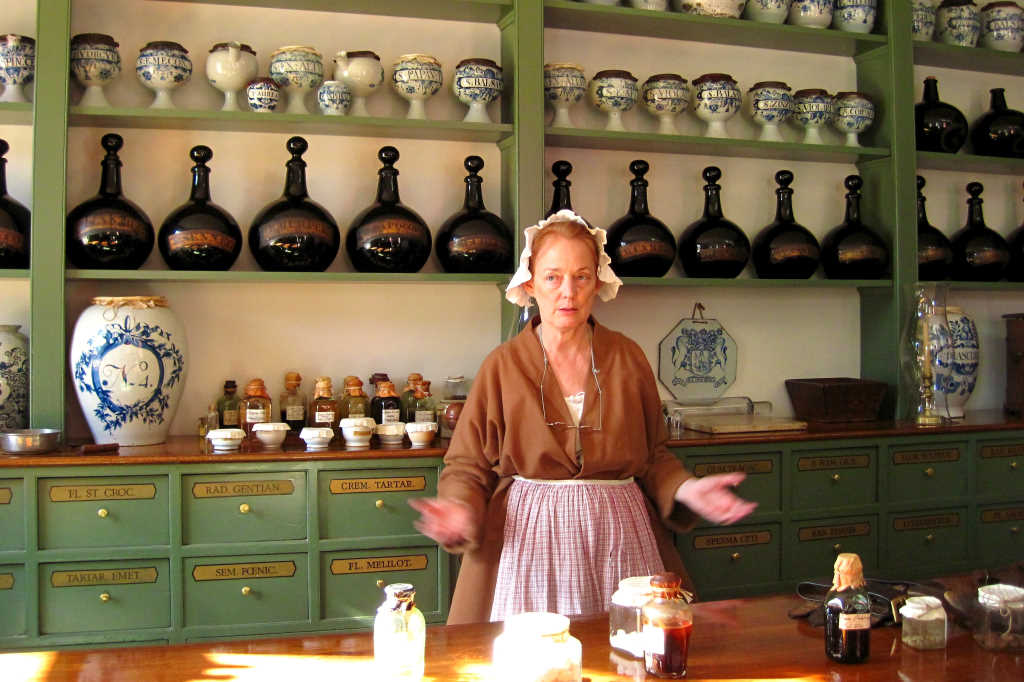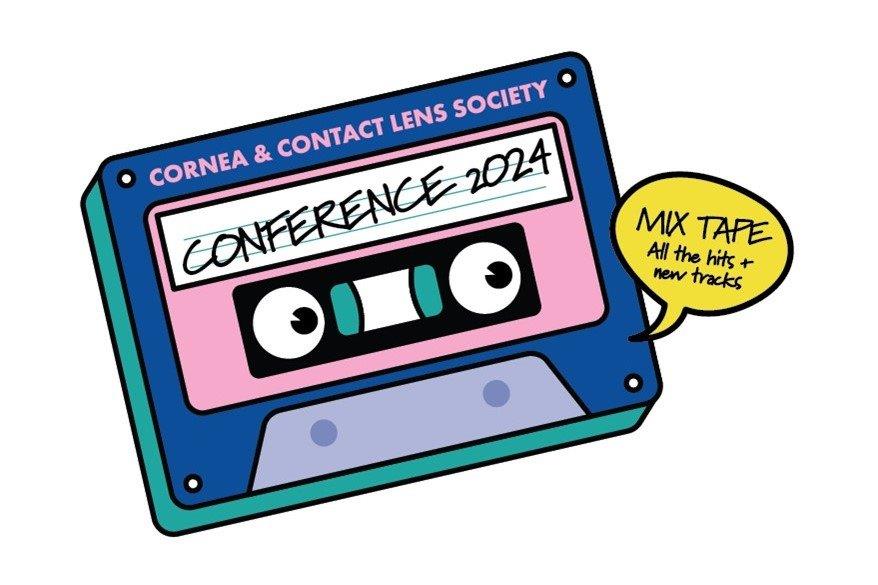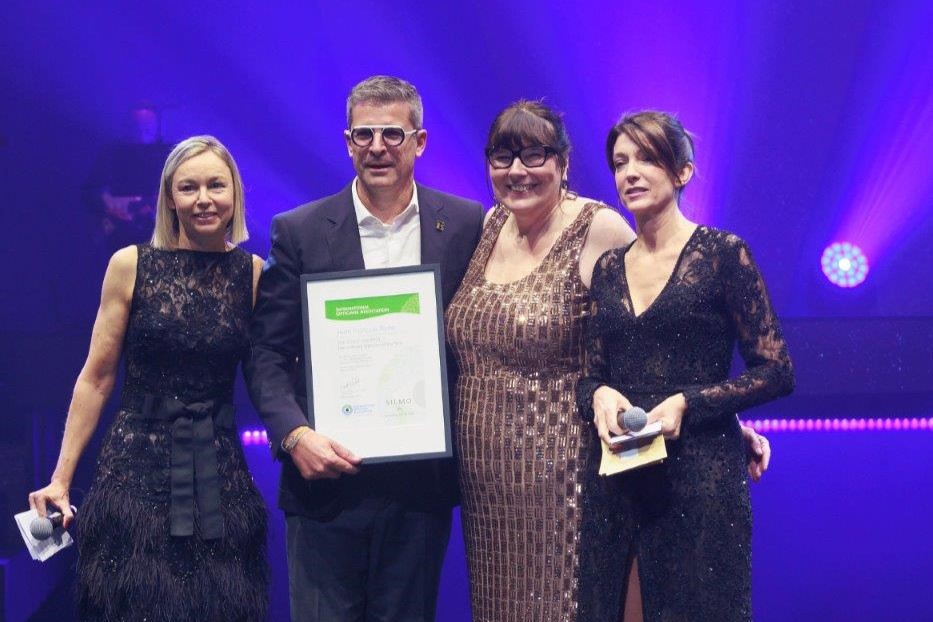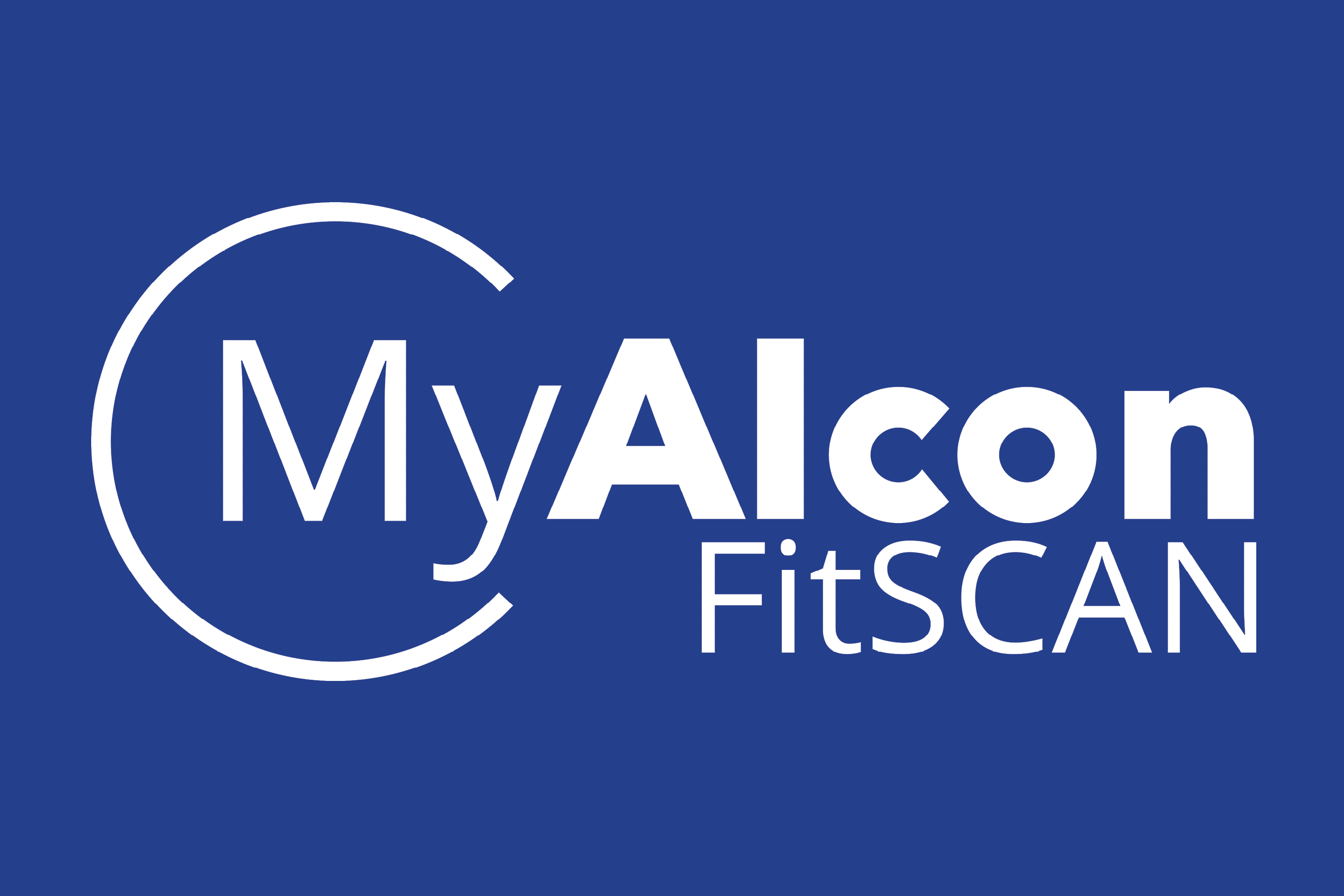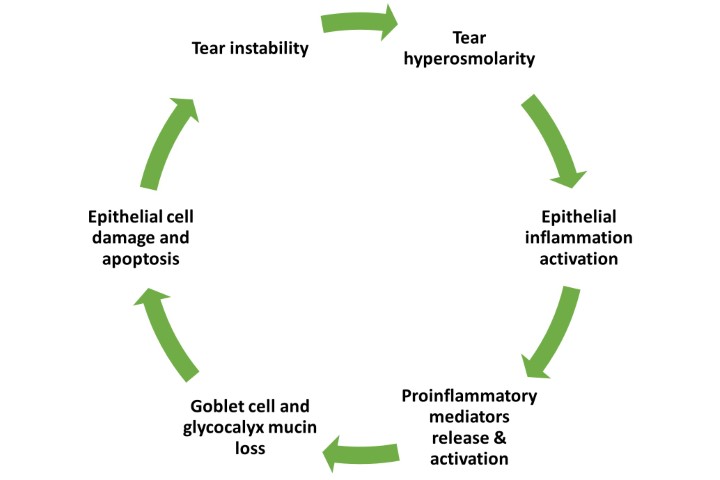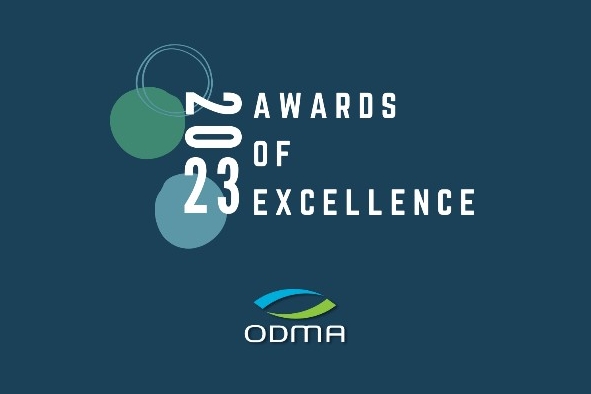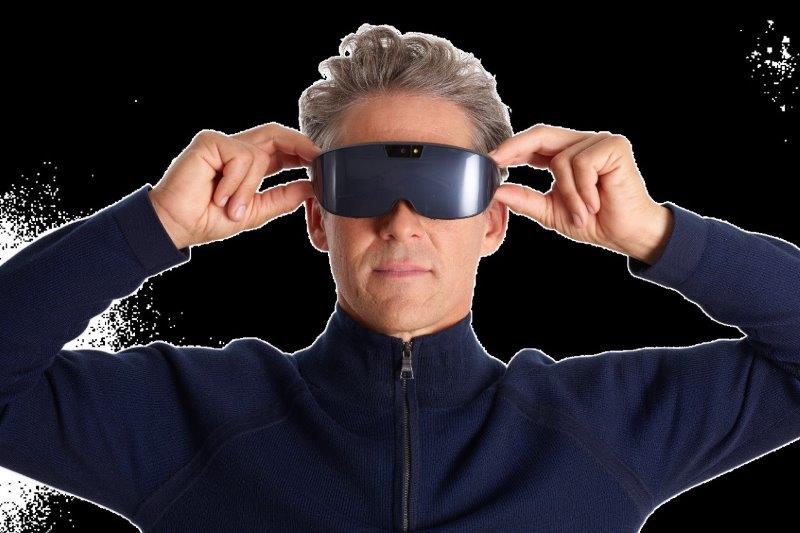Natural remedies: feast for the eyes or recipe for disaster?
Not long ago, award-winning Libyan-American journalist Noor Tagouri shared her family’s dry-eye disease (DED) remedy of onion vapour and honey. Onion enzymes and sulfenic acid combine to produce propanethial S-oxide, which is detected by corneal nerves and ultimately leads to aqueous secretion from the lacrimal glands; honey, specifically manuka honey, has antibiotic and anti-inflammatory effects that can improve meibomian gland dysfunction. So her age-old practice turned out to have some scientific basis, even though it took decades to be able to prove it clinically. This got me thinking about other natural remedies and holistic treatments (NRHTs) handed down through generations to treat ocular presentations.
It's difficult applying an evidence-based medicine approach to NRHTs, which are often multicomponent or work on multiple targets in the body. Additionally, there are issues with acceptability, cost, time and the number of patients required to reach statistical significance/generalisable outcomes. This could be behind some NRHTs often coming in low on the evidence-based medicine pyramid (Fig 1).

Fig 1. The evidence-based pyramid
Turmeric
A spice used in many Asian cuisines, turmeric’s active ingredient is curcumin, which gives it its bright yellow colour. It is used in Asian and ayurvedic medicines, particularly for its anti-inflammatory, anti-angiogenic, antioxidant and wound-healing effects. Some communities encourage the consumption of turmeric orally or topically for various anterior eye inflammatory presentations; examples include DED, conjunctivitis, anterior uveitis and even herpes simplex keratitis. Others even consume turmeric in the hope of preventing cataract progression.
Evidence level
- Laboratory studies; animal studies; and randomised control trials (not blinded)
Study outcomes
Animal studies have showed that naphthalene-induced cataract in rats was significantly milder in individuals consuming dietary curcumin supplementation when compared to control rats. Curcumin was shown to attenuate the apoptotic effect of naphthalene on lenticular epithelial cells. It is important to note the pathophysiology behind naphthalene-induced cataracts is different to that of age-related nuclear sclerosis1.
Studies in mice infected with Staphylococcus aureus indicated those treated with topical curcumin did not develop anterior eye complications such as neovascularisation or telangiectasia when compared to control mice. Further, there was no reported ocular inflammatory or toxicity response to the curcumin2.
There is a concern about the bioavailability of curcumin due to its low water solubility. Laboratory and animal studies used a liposome (vesicular formation) or other topical delivery systems to increase bioavailability and absorption of curcumin3.
Patients with chronic anterior uveitis were prescribed orally administered curcumin in addition to topical cycloplegics. Decreased aqueous flare and keratic precipitates were noted; however, there was no control. Recurrence rate was still 55% in the curcumin group, with 22% of patients losing their vision due to various sequelae (eg cystoid macular oedema)4.
Take-home
There are no human studies demonstrating the efficacy of curcumin in treating anterior eye
inflammation or disorders.
Ginkgo biloba
Ginkgo biloba (GB) is a plant native to China which is rich in antioxidants and has anti-inflammatory properties. It has been demonstrated to reduce platelet aggregation and the development of free radicals, increase vasodilation and reduce blood viscosity. Thus, some people see potential for ginkgo’s use in countering ocular ischaemia and normal tension glaucoma (NTG).

Ginkgo biloba leaves. Credit: James St John
Evidence level
- Randomised control trial (double masked, placebo controlled)
Study outcomes
One randomised control trial (RCT) demonstrated a single administration of ginkgo biloba does not influence ocular blood flow (measured via retinal arterial and venous diameters, choroidal blood flow, fundus pulsation amplitude, intraocular pressure and retinal blood flow) in healthy patients5.
However, another RCT assigned NTG patients GB or placebo. Peripapillary mean blood flow, volume and velocity in those receiving GB treatment increased at almost all points and there was a statistically significant increase in blood flow at almost all points, compared to placebo6. A further RCT attempted to address the functional aspects of NTG, with GB extract administration appearing to improve pre-existing visual-field damage in some patients with NTG, improving their mean deviation and corrected pattern standard deviation7.
In spite of these findings, it is important to note ginkgo biloba inhibits platelet-activating factor, so may have an additive effect to blood thinners that inhibit platelet adhesion factor. This can lead to a synergistic effect which increases ocular bleeding (eg. subconjunctival haemorrhage, hyphaema, retinal haemorrhage).
Take-home
Gingko biloba can be a useful adjunct therapy to promote vascular flow; however, caution is advised for patients who take blood-thinning medications or have blood dyscrasias.
Vitamin B12
Vitamin B12 is found in foods of animal origin, including fish, meat, poultry, eggs and dairy. It can also be fortified in products such as breakfast cereals and nutritional yeasts. It plays a role in myelination and function of the central nervous system, red blood cells and DNA synthesis.
It has been postulated that a B12 deficiency could lead to peripheral sensitisation, maladaptive neuroplastic changes and subsequently neuropathic pain. This extends to corneal neuropathy, with some clinicians recommending systemic/topical vitamin B12 supplementation (B12S) for those experiencing pain disproportionately to their DED presentation.
Evidence level
- Animal study; case report; cohort study; and RCT
Study outcomes
Improved tear break-up time, basal epithelial cell density, Schirmer’s test result, markers of oxidative stress, and Ocular Surface Disease Index score were associated with vitamin B12 parenteral/nebulisation supplement alongside topical DED therapy for patients with a pre-existing vitamin B12 deficiency when compared to topical DED therapy alone8.
Take-home
Vitamin B12 supplementation could help resolve ocular neuropathic pain secondary to a B12 deficiency. Those with Sjogren’s syndrome are more than six times more likely to have a vitamin B12 deficiency, so it’s worth considering referring DED patients with an accompanying corneal neuropathy for serum testing9.
Meditation
Elevation of stress can lead to increased serum levels of the stress hormone cortisol and inflammatory markers. This can lead to an elevation in intraocular pressure (IOP) and oxidative stress and, consequently, progression of glaucoma severity.
Meditation has been demonstrated to improve oxygenation to the brain and decrease cortisol and inflammatory markers. Thus, it has been inferred that meditation can reduce IOP and glaucoma severity. By a similar mechanism, meditation has been postulated to resolve macular presentation related to central serous retinopathy (CSR).

Evidence level
- RCTs (several)
Study outcomes
A short-term course of meditation (45-60-minute sessions over 3-6 weeks) in conjunction with existing glaucoma treatment (topical IOP-lowering agents) was found to significantly reduce IOP, cortisol and other stress-related serum biomarkers. It was also found to increase cerebral blood flow and oxygenation in the prefrontal cortex (using functional near infrared spectroscopy) and brain-derived neurotrophic factor when compared to subjects who were managed with IOP-lowering agents alone10, 11.
In one study, all participants were awaiting trabeculectomy scheduled at the cessation of the course of meditation. Interestingly, gene expression in trabecular meshwork tissue obtained during the surgery was measured; results showed the participants in the meditation group had upregulation of genes involved in anti-inflammatory mechanisms, antioxidant capacity and neuroprotection, and downregulation of genes associated with increased IOP. Overall, meditation was associated with gene expression positively impacting uveoscleral outflow, trabecular meshwork maintenance, synapse maturation, anti-inflammatory and anti-apoptotic pathways12. Meditation sessions were led by certified instructors and there were inclusion criteria for the patients (eg. best corrected visual acuity had to be ≥6/12).
Other RCTs have specifically investigated the effect of yogic pranayama and diaphragmatic breathing (YPDB) on IOP in patients with POAG, with favourable outcomes. After six months, IOP was found to be lowered in POAG patients performing YPDB exercises, in addition to use of topical IOP-lowering agents, when compared to the control group using topical IOP-lowering agents alone13. However, there were no notable differences in OCT or visual field results. Also, there were limitations of small sample sizes and only once-daily IOP measurements.
Another RCT involved 20 participants with either acute or chronic CSR being split into two groups: one under routine CSR care alone and one with organised meditation sessions in addition to routine CSR care. After four months, subjects who had meditated were reported to have a quicker macular resolution14. However, limitations included a small number of participants, endogenous cortisol levels not being measured pre- and post- meditation, and no distinction made between patients with acute or chronic presentation.
Take-home
Meditation can be an adjunct to standard treatment in patients with POAG to potentially decrease IOP and/or glaucoma progression.
Bilberry
Bilberry is one of the richest natural sources of anthocyanins, has antioxidant properties and is widely used as a supplement for eye health in Europe and East Asia. Many claim it has protective effects on macular degeneration, glaucoma and cataracts.

Bilberries. Credit: Anneli Salo
Evidence level
- RCT (double masked, placebo controlled)
Study outcomes
An RCT indicated standardised bilberry extract administered orally daily could relieve the tonic accommodation of the ciliary muscle caused by visual display unit and near-vision tasks when compared with placebo15. Another showed objective and subjective measures of eye fatigue were improved with bilberry extract (BE)16.
Animal studies showed BE supplementation prevented macular degeneration and senile cataract by decreasing lipid peroxides in the retina and blood of senescence-accelerated rats17. In a mouse model where endotoxin-induced uveitis (EIU) presentation and retinal involvement was monitored, BE had a dose-dependent protective effect on EIU severity and on visual function during retinal inflammation (including photoreceptor outer segment function/morphology)18. Another mouse model indicated BE attenuates photostress-induced visual dysfunction and apoptosis in the retina19.
Take-home
Bilberry extract that is standardised/high in anthocyanins has a potentially protective effect with inflammatory and age-related ocular presentations, although higher evidence levels are required. A lot of cloudiness exists over the utility of NRHT in ocular care, with a lack of controlled clinical proof of efficacy, no standardisation in active ingredient quality and concentration, and oftentimes patients don’t list the NRHT as part of their medical history, which can lead to overlooked drug-drug interactions.
In conclusion, I believe we should base our optometric practice on science and evidence-based medicine and, as practitioners, be open and alert to new and emerging treatments (whether natural/holistic or not) which are supported by quality research on safety and efficacy.
Should ECPs embrace natural remedies?
How much consideration eyecare professionals (ECPs) should give to natural remedies and holistic treatments (NRHTs) depends on which ‘natural remedies’ you’re talking about, said Luke Arundel, Optometry Australia’s (OA) chief clinical officer. For example, there is a significant body of evidence that nutritional supplementation based on the second Age-Related Eye Disease Study (AREDS2) formulation may help prevent intermediate stage age-related macular degeneration (AMD) turning into late-stage AMD. But that’s not the case with products such as blue-light nutritional formulations, which manufacturers claim can ‘shield’ children’s eyes from high intensity blue light but have no supporting high-level clinical evidence, he said. It is also important to approach anecdotal reports about the effects of these ‘treatments’ with caution, he warned. “It is very common in properly conducted random controlled trials for some patients in the control (or sham treatment) group to note an ‘improvement’ due to placebo effect.”

Luke Arundel, Optometry Australia’s chief clinical officer
In any case history it is important to note medications taken by a patient, which includes natural remedies, says Arundel. “When these are taken along with prescription medication there is a high chance of adverse drug reactions. Patients may assume because something is ‘natural’ it may not have the potential to cause problems, but particularly in unregulated overseas markets (which can be accessed online by patients in New Zealand and Australia), herbal medicines and related products can be introduced without any mandatory safety or toxicological evaluation or controls on statements of efficacy.” Natural remedies may even compound problems, he says, because patients taking them might delay seeking conventional treatment, risking unrecoverable vision loss.
Fortunately, there are resources to help ECPs navigate uncharted NRHT waters. “If your patient reports taking an NRHT that is unknown to you, you can search for it on naturaleyecare.com/blog, a website co-run by Dr Marc Grossman, an optometrist and licensed acupuncturist,” says Arundel. Dr Grossman’s site is a resource for peer-reviewed research and personal clinical experience on complementary care in eye disease treatment. It includes articles discussing adjunct treatments, such as French maritime pine bark and its potential IOP-lowering effects, and the possible relationship between melatonin levels and ocular pathology presentations.
However, Arundel wouldn’t encourage ECPs to rush to add NRHTs to their armamentarium. “As OA’s professional indemnity insurance manager and medico-legal advisor, I would caution against optometrists considering off-label prescribing or deviating from accepted and evidence-based treatment protocols, particularly for sight-threatening conditions such as glaucoma.”
References
1. Pandya U, Saini M, Jin G, Awasthi S, Godley B, Awasthi Y. Dietary curcumin prevents ocular toxicity of naphthalene in rats. Toxicology Letters, 2000. 115(3): 195-204.
2. Nagar J, Ado E (Jr). Curcumin in turmeric as treatment for eye inflammation. Journal of Optometry, Eye and Health Research, 2022, 4(2): 1-7.
3. Sharma D, Singh V, Kumar R. Formulation and characterization of curcumin loaded vesicular formulation for ocular diseases. Think India Journal, 2019, 22(17): 3038-3050.
4. Lal B, Kapoor A, Asthana O, Agrawal, P, Prasad R, Kumar P, Srimal R. Efficacy of curcumin in the management of chronic anterior uveitis. Phytother. Res., 1999, 13: 318-322.
5. Wimpissinger B, Berisha F, Garhoefer G, Polak K, Schmetterer L. Influence of ginkgo biloba on ocular blood flow. Acta Ophthalmologica Scandinavica, 2007, 85: 445-449.
6. Park J, Kwon H, Chung W, Kim C, Seong G. Short-term effects of ginkgo biloba extract on peripapillary retinal blood flow in normal tension glaucoma. Korean J Ophthalmol, 2011, 25(5): 323-238.
7. Quaranta L, Bettelli S, Uva M, et al. Effect of ginkgo biloba extract on preexisting visual field damage in normal tension glaucoma. Ophthalmology 2003;110:359-62.
8. Jiarui Y, Yushi L, Yanhui X, Xiaodan L, Jiayu F, Xiaodan J, Yilin C, Jiahui M, Ran H, Rong Z, Weiqiang Q, Xuemin L. A new approach of ocular nebulization with vitamin B12 versus oxytocin for the treatment of dry eye disease: an in vivo confocal microscopy study, Drug Design, Development and Therapy, 2019, 13:, 2381-2391.
9. Urbanski G, Chabrun F, Schaepelynck B, May M, Loiseau M, Schlumberger E, Delattre E, Lavigne C, Lacombe V. Association of primary Sjögren’s syndrome and vitamin b12 deficiency: a cross-sectional case-control study. Journal of Clinical Medicine, 2020, 9(12):4063.
10. Dad T, Mittal D, Mohanty K, Faiq M, Bhat M, Yadav R, Sihota R, et al. Mindfulness meditation reduces intraocular pressure, lowers stress biomarkers and modulates gene expression in glaucoma: a randomised control trial. Journal of Glaucoma, 2018, 27(12); 1061-1067
11. Gagrani M, Faiq M, Talvira S, Dada R, Yadav R, Sihota R, Kochhar K, Verma R, Dada T. Meditation enhances brain oxygenation, upregulates BDNF and improves quality of life in patients with primary open angle glaucoma: a randomized controlled trial. Restorative Neurology and Neuroscience; 2018, 36(6): 741 – 753
12. Dada T, Bhai N, Gagrani M, Kumar M, Chaurasia P, Faiq M, Mohanty K, Sidhu T, Gupta S, Angmo D, Sihota R, Yadav R, Dada R. Meditation induces changes in trabecular meshwork gene expression in patients with primary open angle glaucoma. Invest. Ophthalmol. Vis. Sci.; 2019, 60(9):3914.
13. Udenia H, Mittal S, Agrawal A, Singh A, Singh A, Mittal S. Yogic pranayama and diaphragmatic breathing: adjunct therapy for intraocular pressure in patients with primary open-angle glaucoma: a randomized controlled trial. J Glaucoma; 2021, 30(2):115-123.
14. Nongrem G, Surve A, Venkatesh P, Sagar R, Yadav RK, Chawla R, Vohra R, Kumar A. Effect of short-term meditation training in central serous chorioretinopathy. Indian J Ophthalmol; 2021, 69(12):3559-3563.
15. Kosehira M, Machida N, Kitaichi N. A 12-Week-Long Intake of Bilberry Extract (Vaccinium myrtillus L.) Improved objective findings of ciliary muscle contraction of the eye: a randomized, double-blind, placebo-controlled, parallel-group comparison trial. Nutrients; 2020, 12(3):600.
16. Ozawa, Y., Kawashima, M., Inoue, S. et al. Bilberry extract supplementation for preventing eye fatigue in video display terminal workers. J Nutr Health Aging 2015, 19, 548–554.
17. Fursova AZh, Gesarevich OG, Gonchar AM, Trofimova NA, Kolosova NG. Dietary supplementation with bilberry extract prevents macular degeneration and cataracts in senesce-accelerated OXYS rats. Advances in Gerontology; 2005, 16:76-79. PMID: 16075680.
18. Yao N, Lan F, He R, Kurihara H. Protective effects of bilberry (Vaccinium myrtillus l.) extract against endotoxin-induced uveitis in mice. J. Agric. Food Chem. 2010 58 (8), 4731-4736.
19. Osada H, Okamoto T, Kawashima H, Toda E, Miyake S, et al. Neuroprotective effect of bilberry extract in a murine model of photo-stressed retina. PLOS ONE, 2017. 12(6): e0178627.

Australia-based optometrist Layal Naji is a lecturer of optometry at the University of Canberra, a co-founder of the outreach optometry clinic at the Asylum Seekers Centre in Newtown, Sydney, and a regular contributor to NZ Optics.










